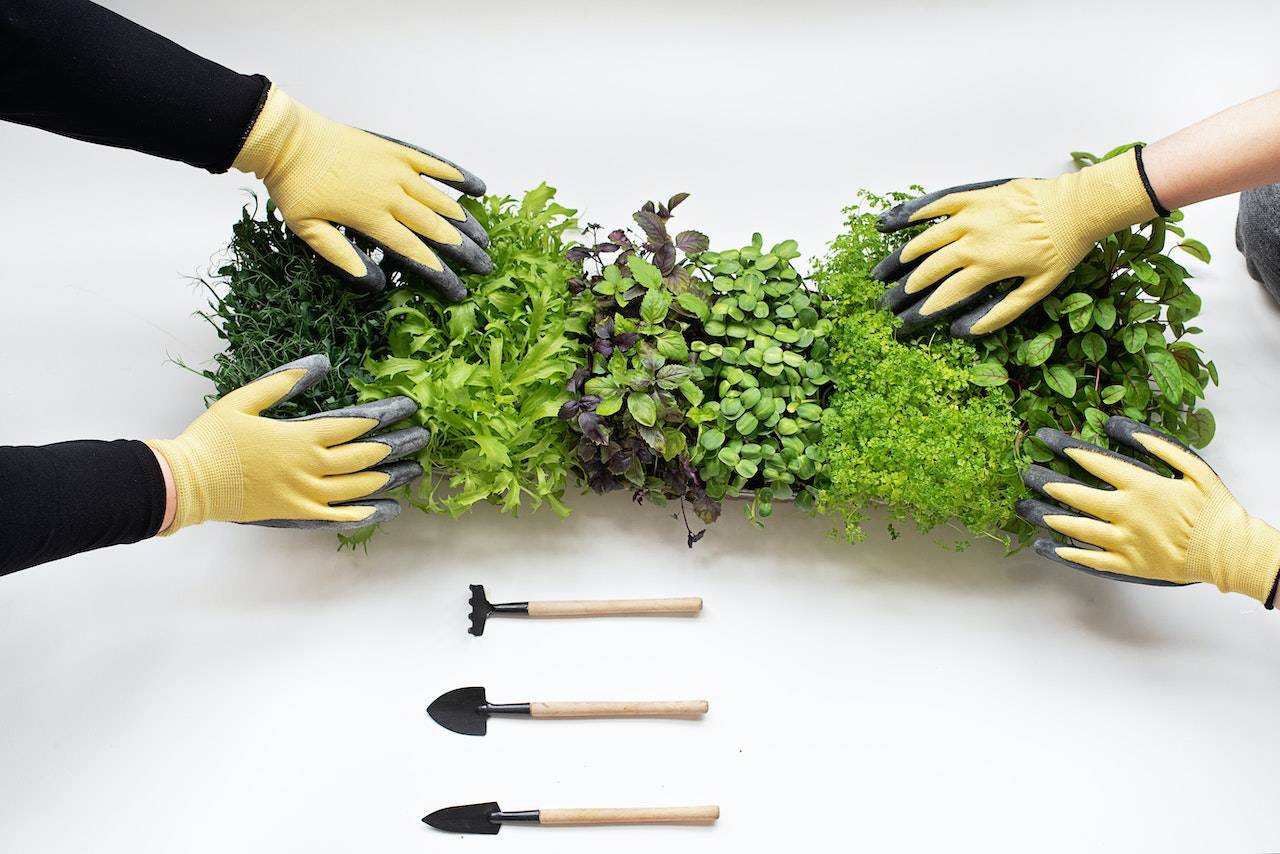
Share this post!
Depending on where you live, you may not have easy access to fresh produce, especially in the colder months. Some people might reduce their intake of raw foods in the winter due to lack of availability, taste preference, or digestibility. However, fresh foods come with certain health benefits and are important to include in a well-rounded diet. Let’s discuss why fresh foods are beneficial to include in the diet, what foods are best eaten fresh, and tips to help you eat fresh, even if you don’t have access to a grocery store with a variety of fresh food options.
Benefits of fresh foods
When we think of a staple health food, we often imagine a big salad with a base of leafy greens and lots of fresh, crunchy, colorful vegetables. Fresh vegetables and fruits contain high amounts of vitamins and fiber, but can be difficult to consume in large quantities because they need to be thoroughly chewed. Additionally, the high fiber content of raw foods can be difficult to digest for those with poor digestive health or gut imbalances.
Cooking food can improve the taste, palatability, and digestibility, but it also changes the nutritional content. Certain vitamins are lost when cooking or processing foods, while other vitamins become more bioavailable. As an example, heat destroys vitamin C, so cooked bell peppers or broccoli will contain less vitamin C than their raw counterparts. Conversely, certain nutrients will increase with cooking – cooked tomatoes will contain higher amounts of lycopene, an antioxidant in the carotenoid family.
Although a salad might be considered an iconic health food, an optimal diet requires more than raw veggies. A balanced, nutrient-dense diet contains a wide variety of foods prepared in a wide variety of ways – this is a foundational concept taught in the Nutrition Therapist Master Certification program!
Enzymes in the diet
Other than nutritional content, what else makes fresh foods different from cooked foods? One major difference is that raw foods contain enzymes. Enzymes are catalysts that enable molecules to be changed from one form into another. Nearly all enzymes are deactivated at temperatures over 117°F (47°C), so cooked foods will contain none or very little enzymes.
Fresh foods – or raw foods – are foods that have never been cooked or processed. This includes raw fruits and vegetables, sprouted foods, fermented foods, and even raw dairy, fish, and meat.
Many raw plants and foods naturally contain enzymes that help with their digestion. This includes foods like pineapple, papaya, kiwi, kefir and yogurt, bananas, mango, fermented soy products (miso, soy sauce, and tempeh), sauerkraut, kimchi, avocado, bee pollen, apple cider vinegar, and raw honey.
Although certain foods naturally contain enzymes, this is not the only way our body gets enzymes. As humans, we make our own digestive enzymes. Digestive enzymes help break down our food from larger molecules into smaller molecules so that our bodies can absorb the nutrients in the food.
There are 3 types of digestive enzymes:
- Proteolytic enzymes break down proteins
- Lipases break down fats
- Amylases break down carbohydrates
If you work with a Nutrition Therapist Master, they might recommend supplemental digestive enzymes to improve your digestion. Have you thought about where those supplemental enzymes come from? If you look at a bottle of digestive enzymes, you will notice that they are often sourced from fruit such as pineapple or papaya, animal sources such as pancreatin sourced from ox or hog, or from probiotics, yeast, and fungi. These are the same foods that naturally contain enzymes!
Raw Foods Diet
Before we jump into the best foods to eat fresh, it is important to mention a raw foods diet. Advocates of this diet believe that raw foods are superior due to their higher enzyme content. Although it is true that enzymes are destroyed when heated, humans produce their own natural digestive enzymes to help with digesting food. Additionally, many plant enzymes are destroyed in the gut during the digestion process. There is insignificant evidence to support the idea raw foods are more beneficial due to their enzyme content.
Although including raw foods in the diet is beneficial, the health benefits of raw foods extend beyond their enzyme content. As mentioned earlier, it is important to consume a wide variety of foods prepared in a wide variety of ways!
Ways to eat fresh without access to fresh produce
Now we know that a healthy diet encompasses both raw and cooked foods, but certain foods are more beneficial to eat raw. In particular, let’s focus on foods that are beneficial to eat fresh when fresh produce is not available or accessible.
These are foods that are particularly healthy eaten raw that are easy to incorporate into your diet:
Broccoli sprouts
Broccoli has gotten a lot of attention for containing sulforaphane, a phytocompound linked to anticancer properties, supporting heart health, improving neurodegenerative diseases, and so much more. It has been shown that raw broccoli has ten times more sulforaphane than cooked broccoli, but broccoli sprouts contain 10-100 times higher levels of sulforaphane than regular broccoli!
Broccoli sprouts are easy to make at home by sprouting broccoli seeds – FoundMyFitness has a great guide.
Raw onion and garlic

Although onions and garlic are foods you would regularly purchase at a grocery store, they have a very long shelf life and can last in a pantry or cellar for weeks or even months. Both onion and garlic are fantastic vegetables to include in your diet in their raw form as often as possible.
Onions and garlic and prebiotic foods, meaning they feed your existing gut bacteria so that probiotic populations can grow.
A major benefit of raw onion is that it inhibits platelet aggregation, which contributes to heart disease prevention. Cooking onions reduces this beneficial effect, so it’s important to also consume onion in its raw form. To make raw onion more palatable, try pickling onion in vinegar and serve as a topping!
As for raw garlic, the sulfur compounds have been shown to have anti-cancer properties. Cooking garlic destroys the sulfur compounds. A great way to consume raw garlic is to mix it with some honey or try adding minced garlic to your salad dressings.
Fermented Cabbage
A well-known benefit of fermented foods is their high probiotic content. Although fermentation is a form of natural processing, the food still remains raw with the added benefit of probiotics. Plus, fermentation greatly extends the shelf-life of vegetables – fermented foods can be stored in the fridge for months!
For cabbage in particular, cooking destroys the enzyme myrosinase, which has been shown to play a role in cancer prevention. Fermented cabbage like sauerkraut or kimchi will provide you with both probiotics and the benefits of raw cabbage.
RECIPE >>> Tangy Probiotic Sauerkraut
And there you have it! If you don’t have easy access to fresh produce, try incorporating broccoli sprouts, fermented cabbage, and raw onion and garlic into your diet. This will provide you with the health benefits of fresh foods, while also consuming these vegetables in their healthiest form.
Related reading…
The Ultimate Seasonal Produce Guide: Nutrition Facts & Recipes
How to Properly Store Produce to Prevent Food Waste
How You Eat Is Affecting Your Carbon Footprint
Daina Rasutis is a graduate of NTI’s Nutrition Therapist Master Program. Her background in Environmental Engineering has allowed her to combine the best of science with a love for nutrition, sustainability & delicious food. Follow Daina’s nutrition practice, cooking creations and lifestyle tips on her website: www.tabletocrave.com
Images: Microgreens on White Table by Mikhail Nilov from Pexels; Whole onions and garlic bulbs on a black dish by Karolina Grabowska from Pexels
Share this post!




















